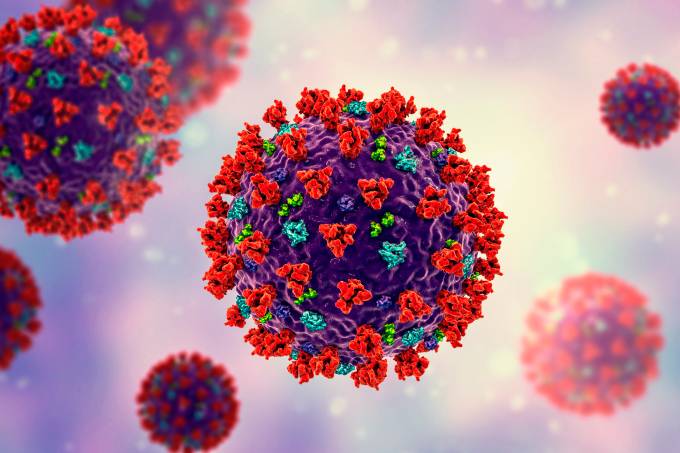Protocol Detail


HEAD INJURIES
A head injury is an injury to the brain, skull, or scalp. It can be hard to assess the severity of the injury just by looking.
Diagnosis
Treatment of shock & ventilator support is paramount.
Involve the medical officer at the earliest juncture for all except minor Head Injury’s.
History from appropriate persons, including:
· Mechanism Of Injury,
· Possible associated other injuries,
· Period of Loss Of Consciousness,
· Fitting,
· Level of Consciousness progression since the accident,
· Presence of focal neurological signs,
· Vomiting,
· Period of amnesia,
· Presence of irritability or agitation.
Don’t forget past medical history, Drug History, Allegiues etc.
Vital signs (bradycardia with risisng BP is a late & drastic sign!), Neurological examination including GCS, full secondary survey PRIOR to intubation.
Look especially for haemopyntanum, periorbital/postauricular bruising, otorrhoea & rhinorrhoea.
Early signs of raised Intra Cranial Pressre are subtle but include restlessness, headache, nausea & vomiting, falling GCS by 2+ points, changes in pupil size & light reaction, paresis. Be on the lookout!
Assume that any deterioration is due to head injury & not drug/alcohol.
Management
1. Liase early with medical officer & neurosurgical team,
2. ABC’s with cervical spine protection & resuscitation is the priority,
3. High dose inspired Oxygen,
4. IV access x2,
5. Fluid resuscitation with N.Saline or Hartman’s – avoid Glucose. Aim for MAP of 90
mmHg & avoid “over-resuscitation”,
6. FBC, U&E’s LFT’s, Coag studies (if major injuries or Warfarin), Group & hold as
indicated,
7. Generally any patients with GCS < 8 or deteriorating signs will require intubation with inline cervical immobilization & rapid sequence induction. Aim for ETC02 35-40mmHg (controlled hyperventilation is nolonger “in vogue”),
8. Avoid NG tubes, nasopharyngeal airways etc in anyone suspected of having basal skull
fractures,
9. Consider seizure control/ prophylaxis with phenytoin (15mg/kg at 25-50mg/min),
10. Consider IV antibiotics,
11. Consider reversal of anti-coagulation,
12. Consider Mannitol 90.5-1.0 g/kg bolus over 10 minutes) or Hypertonic 3% saline (250 ml boluse) if signs of raised intracranial pressure,
13. Nurse in head-up 30 posture.
If hypotensive + head injury (Generally implies a worse outcome):
1. Determine cause of hypotension,
2. Treat the cause,
3. THEN treat the head injury.
Any patient being discharged should be so into the care of a responsible, sober adult with no
complicating social/ situational issues. They should all be given a head injury advise/information
sheet.
Indications for CT head:
· Altered mental state at time of examination,
· GCS decrease by 2 points or more (not caused by drugs, seizures etc),
· Localizing neurological signs,
· Skull fracture (open, depressed or basal),
· VP shunt or other CNS foreign body in situ,
· Known coagulopathy or warfarin use,
· Persistent headache,
· Age >65,
· Pre-trauma amnesia >30 minutes,
· Seizure,
· High risk mechanism,
· Other supraclavicular trauma.
Indications for Skull X-Ray (ONLY if CT unavailable):
· Possible penetrating injury,
· Possible depressed fracture,
· Open fracture,
· Previous craniotomy with indwelling shunt,
· Child less than 2 with boggy scalp haematoma,
· Suspected child abuse.









